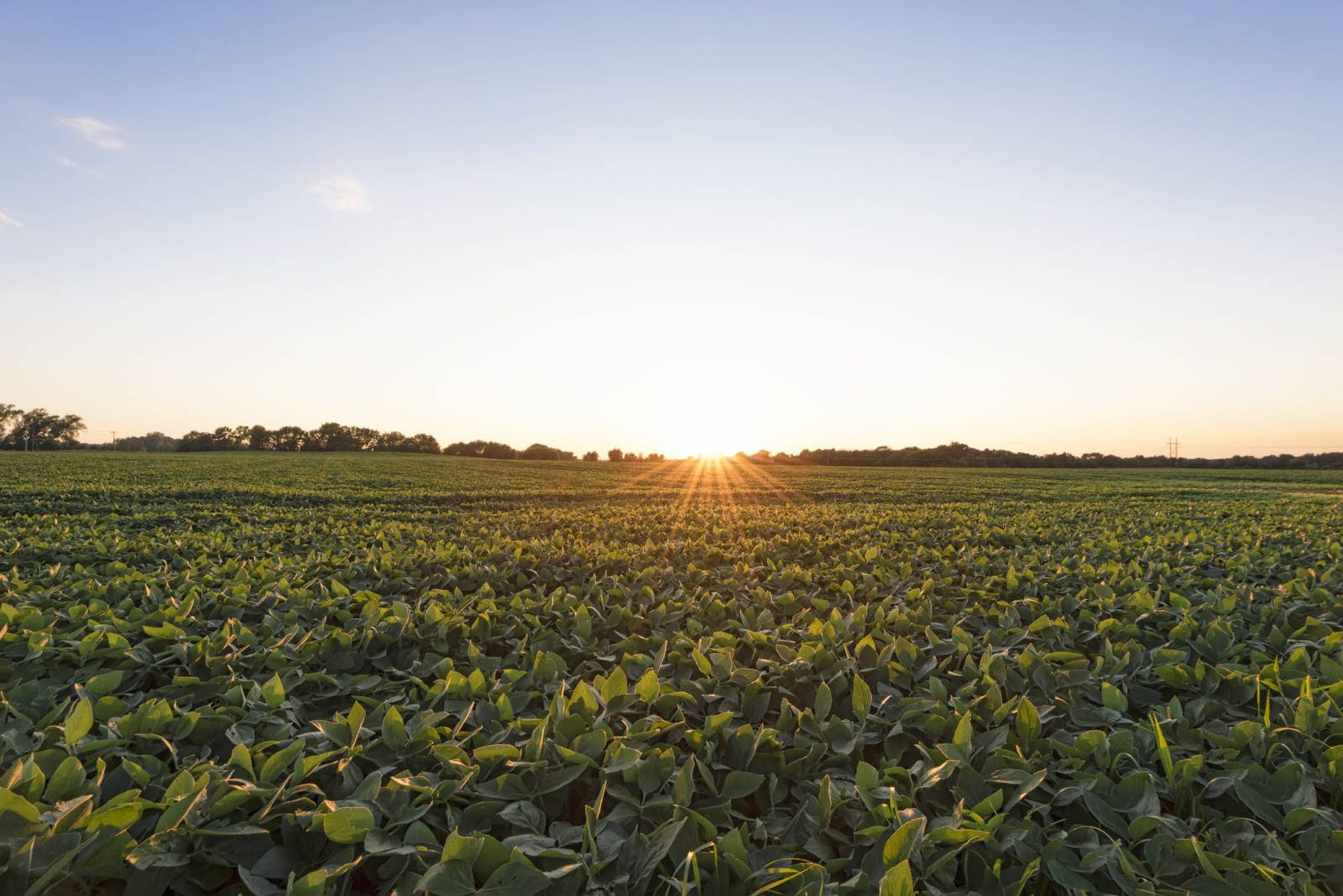U.S. soybean farmers understand the importance of sustainable farming to protect valuable environmental resources. By doing so, they preserve and protect their farming operation for the next generation. The vast majority of U.S. soybean farmers follow the conservation regulations and farming practices outlined in the U.S. Soybean Sustainability Protocol, or SSAP.
But, simply put, what is the SSAP, and what does it mean to those who don’t grow U.S. Soy, but purchase it?
Five Things International Buyers of U.S. Soy Might Not Know about the SSAP:
- Buyers of U.S. Soy and soy products can be assured that more than 300,000 U.S. soybean farmers – the vast majority in America – have followed guidelines for responsible farming. This means they are purchasing a sustainably-grown product.
- The guidelines included in the SSAP set required steps for U.S. soybean farmers to continuously improve their sustainability performance. In other words, U.S. soybean farmers aren’t resting on their laurels – they’re constantly improving to ensure an even more sustainable product in the future.
- In addition, the SSAP includes farm audits conducted by an independent third party – the U.S. Department of Agriculture. But the SSAP isn’t just supported by the U.S. government; it’s also positively benchmarked against the soy sourcing guidelines of the European Feed Association, (FEFAC), and by the independent International Trade Centre (ITC).
- The SSAP has a quantifiable and results-driven approach to continuous improvement, which is constantly reviewed and updated according to metrics and feedback.
- Between now and the year 2025, U.S. soybean farmers aim to reduce land impact (measured in tons per hectare) by 10 percent; reduce soil erosion (measured per ton) by an additional 25 percent; increase energy use efficiency by 10 percent of BTUs used per ton; and reduce total greenhouse gas emissions by 10 percent
